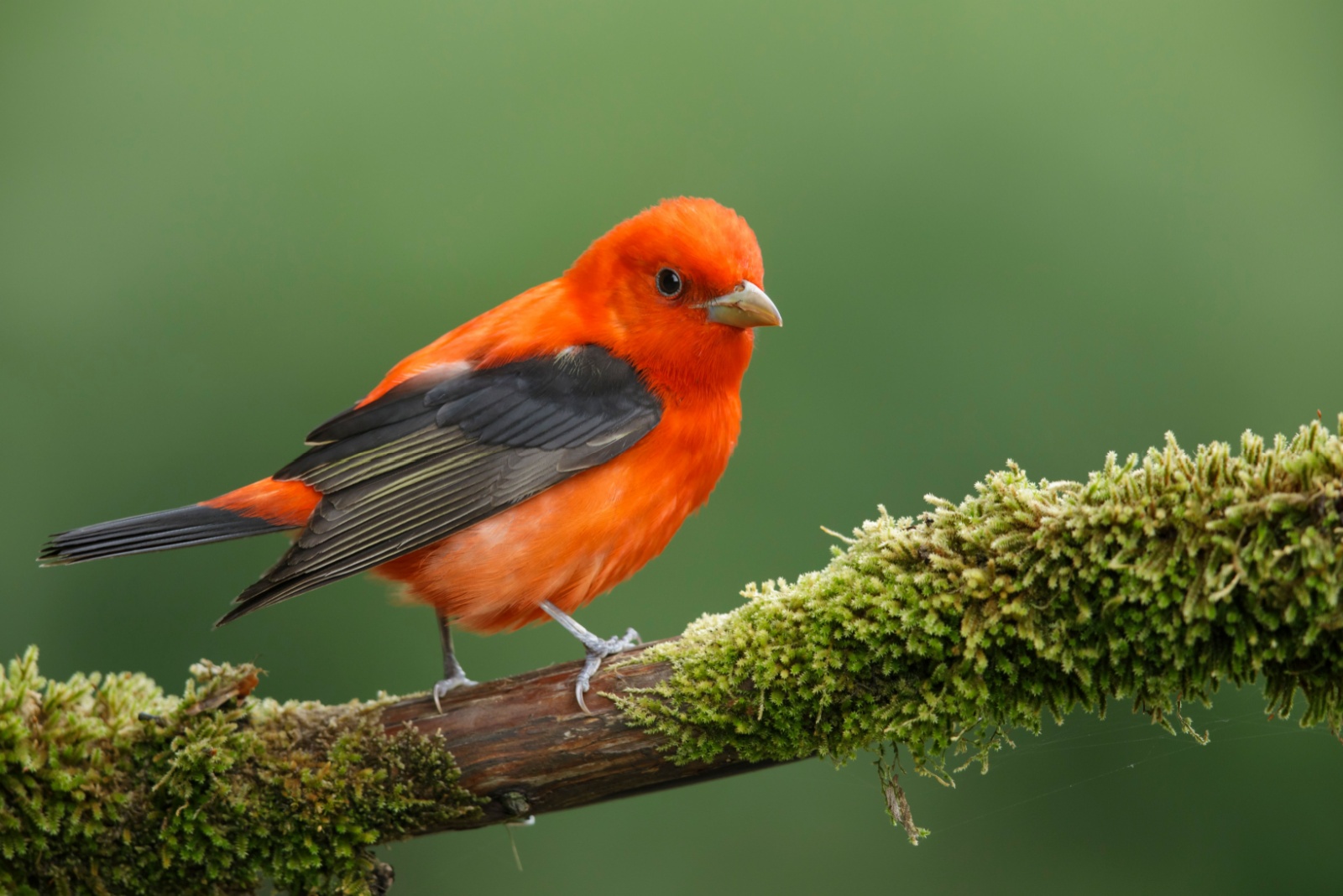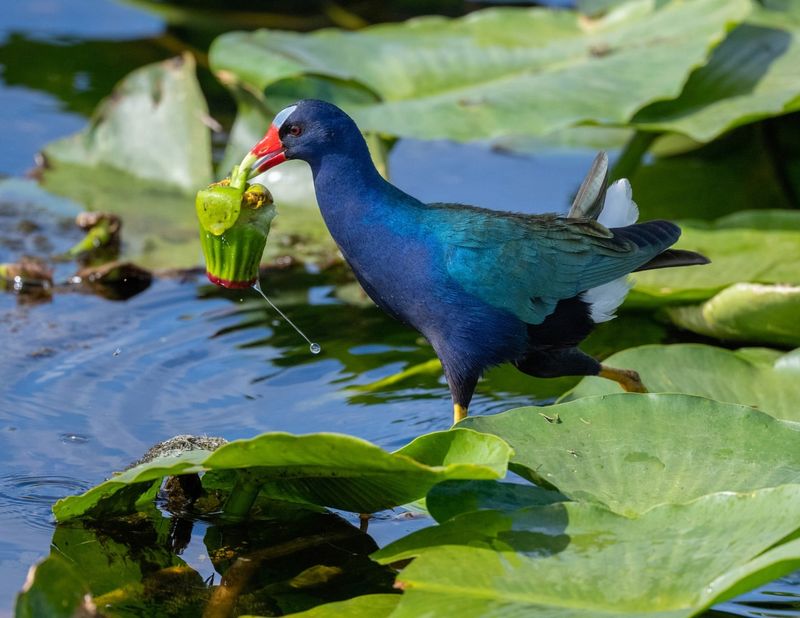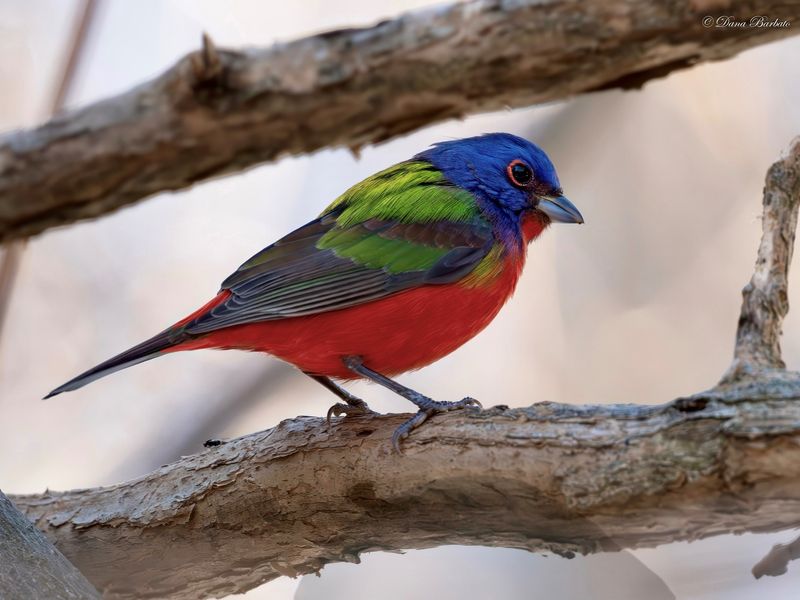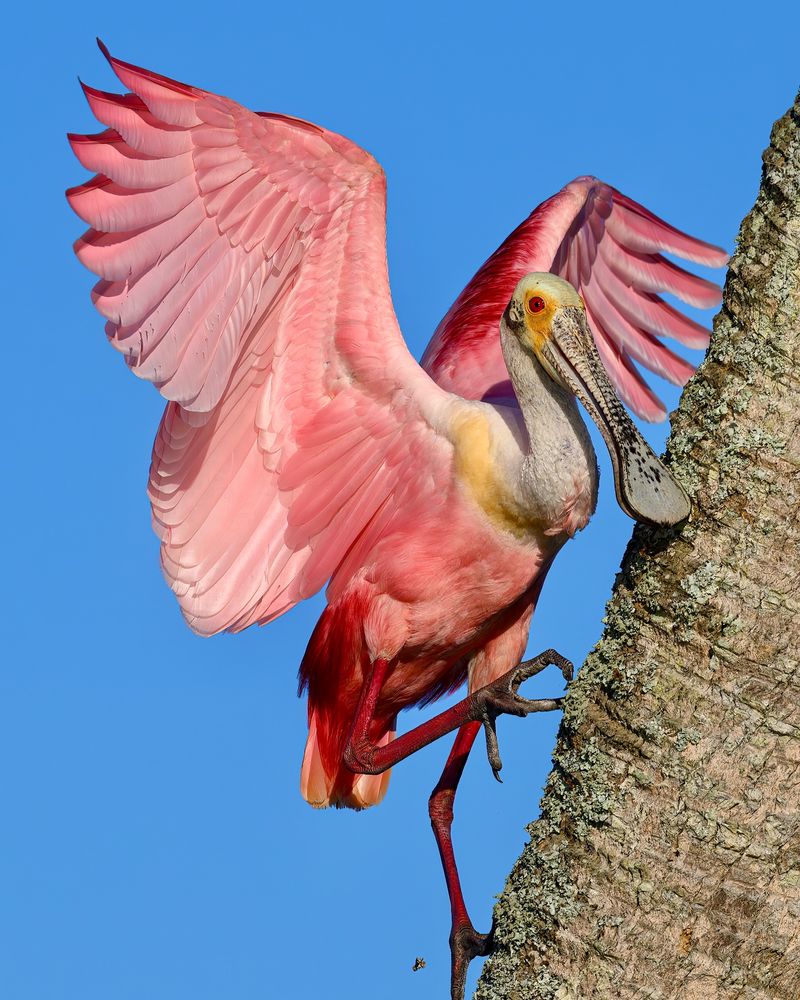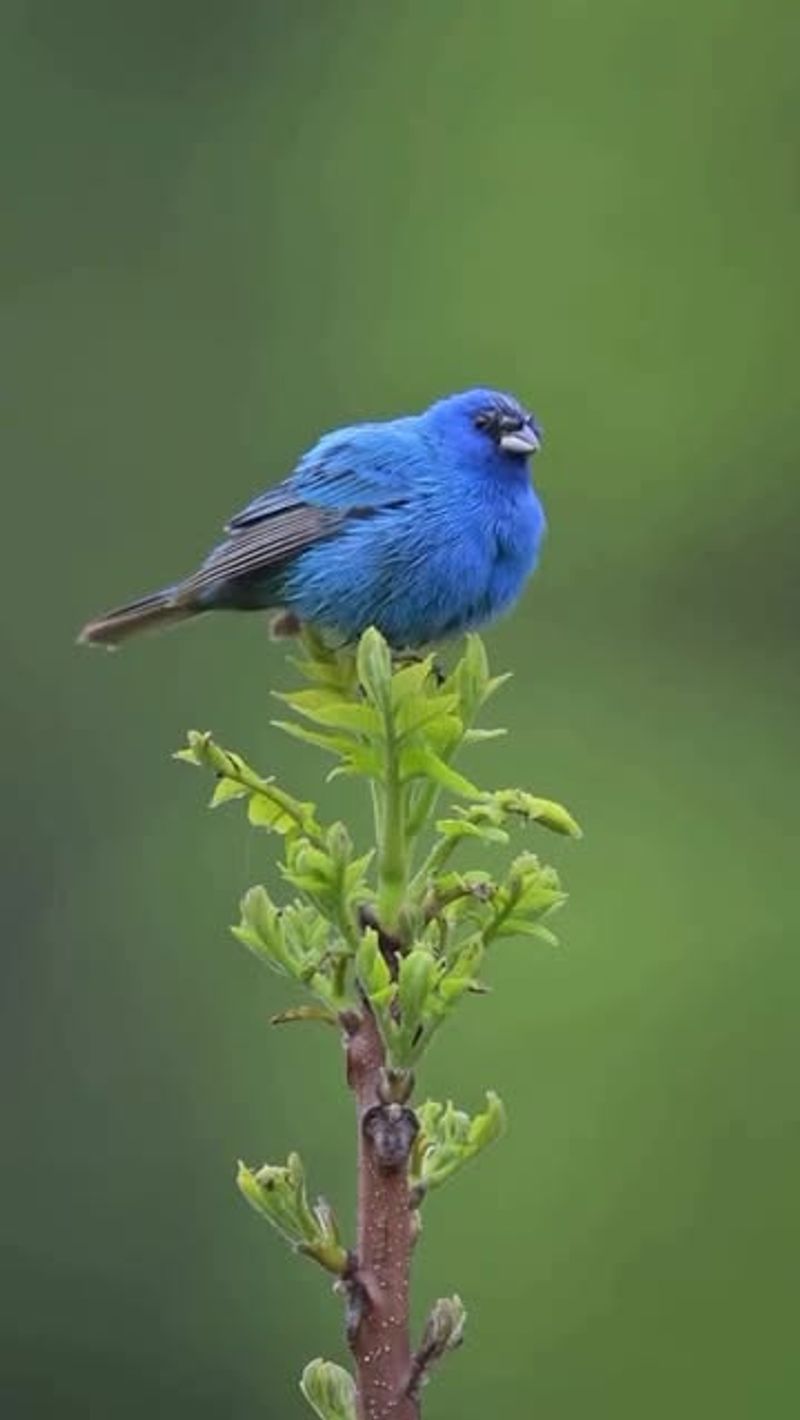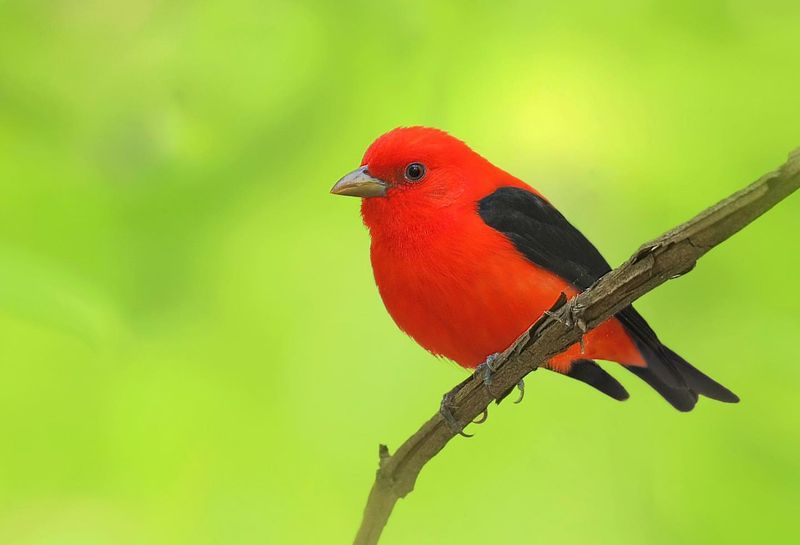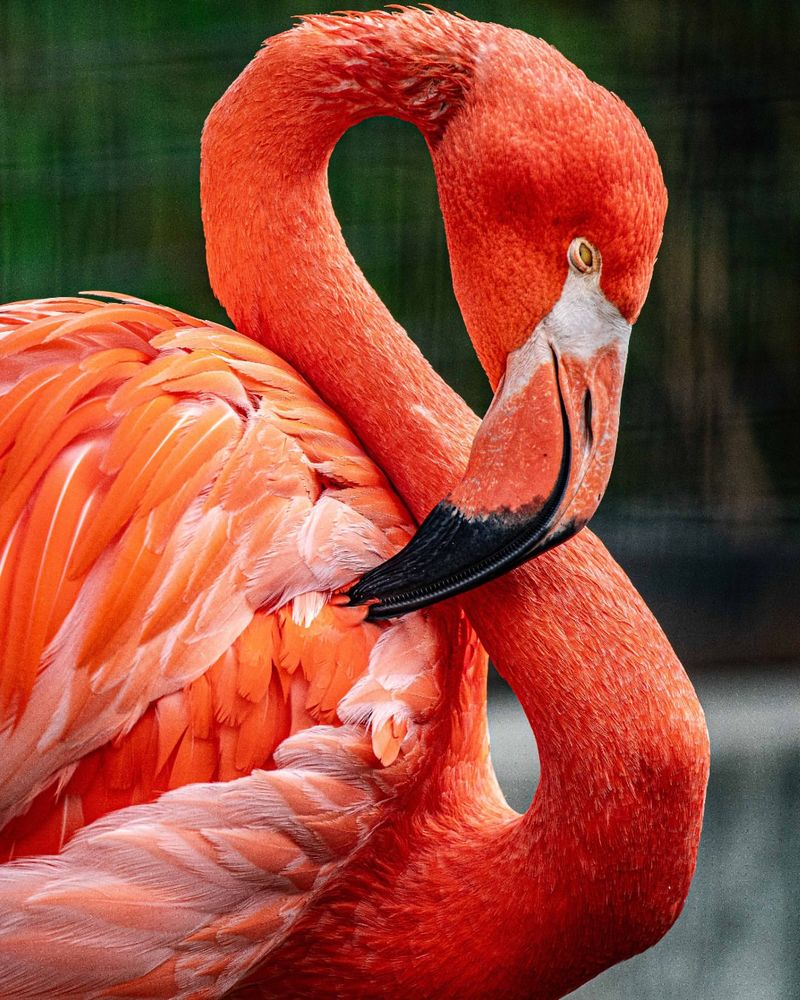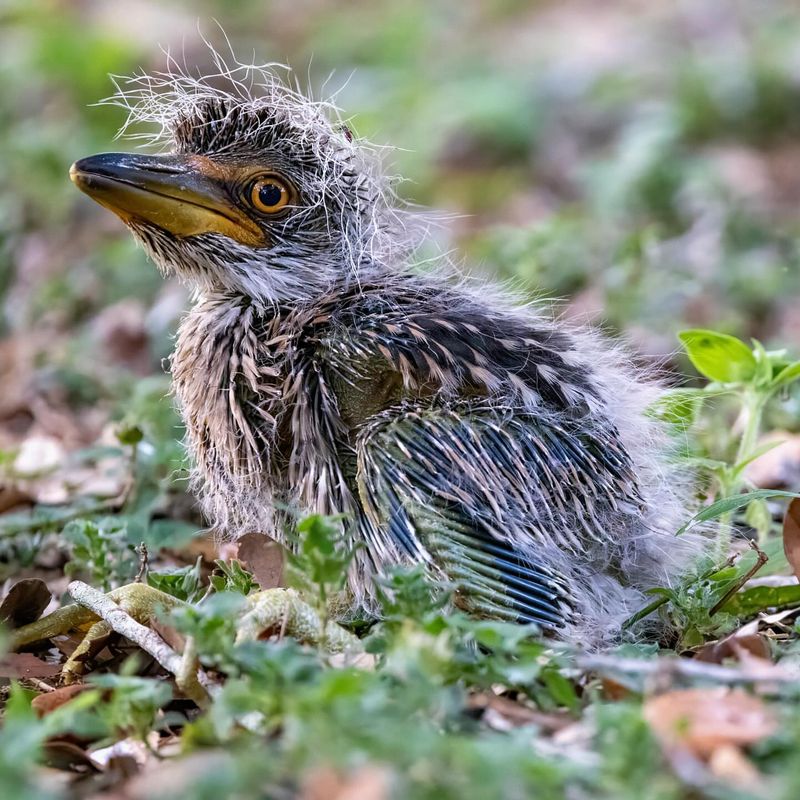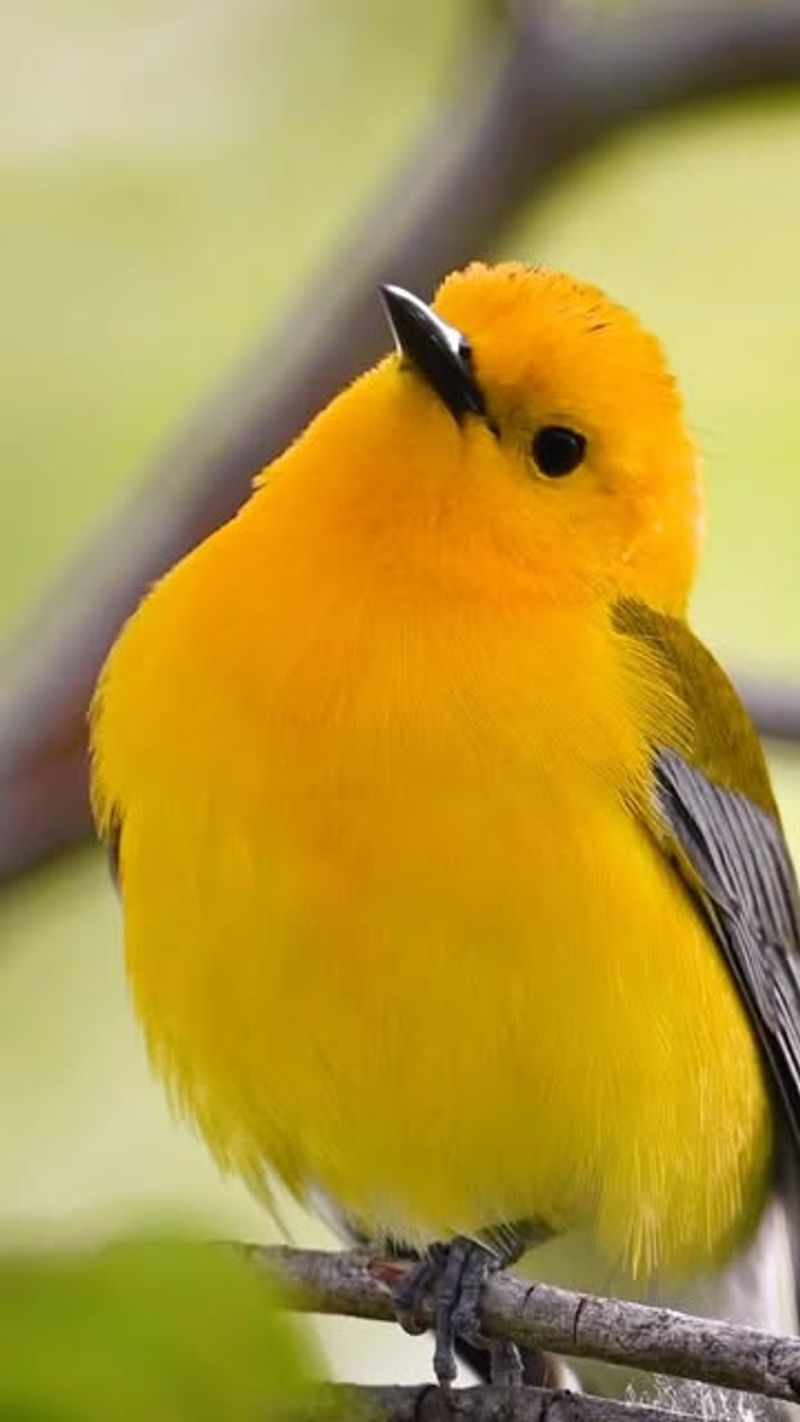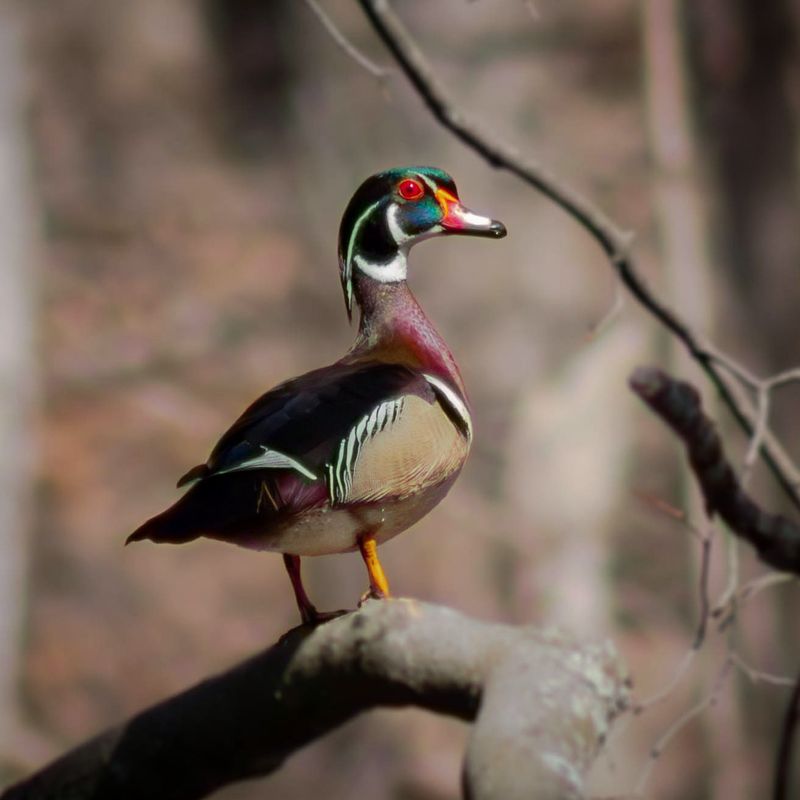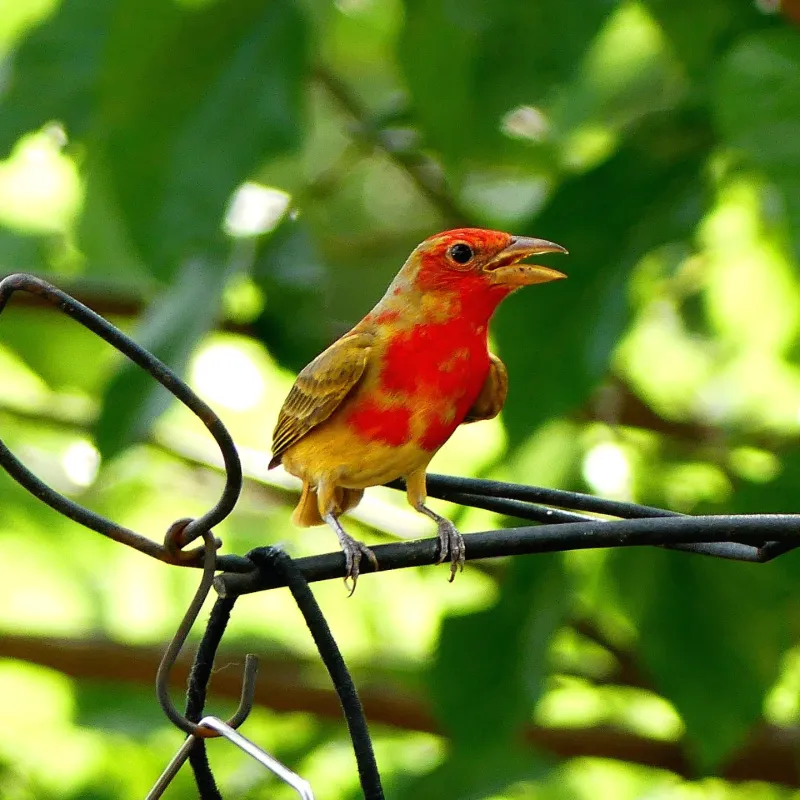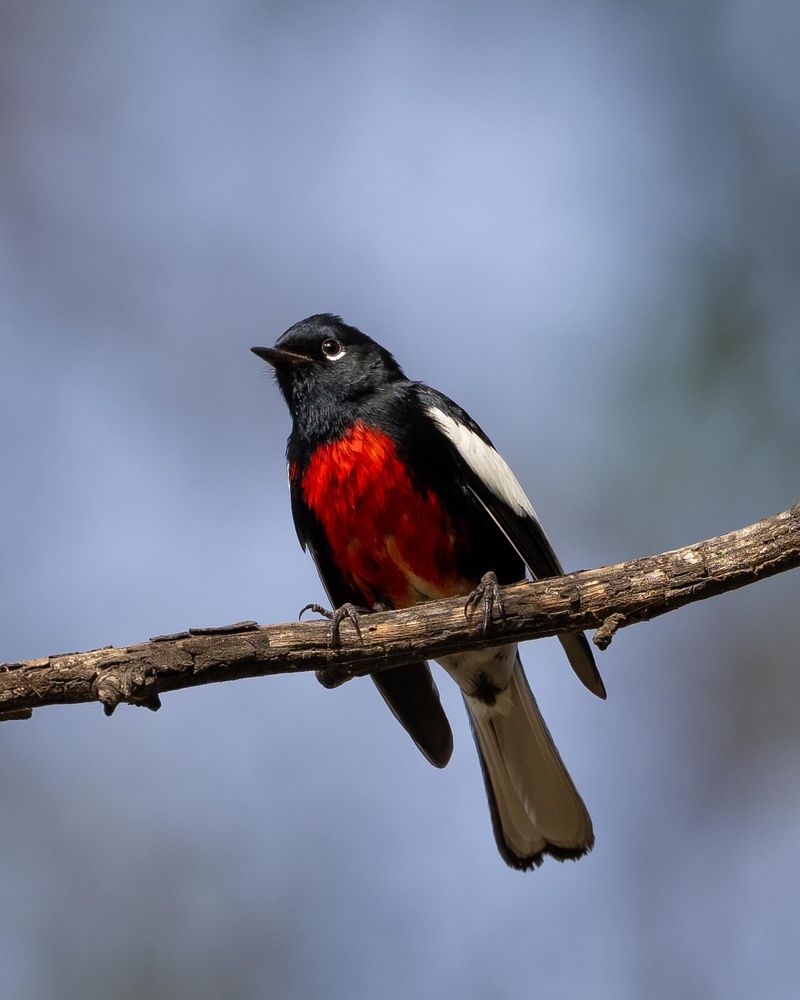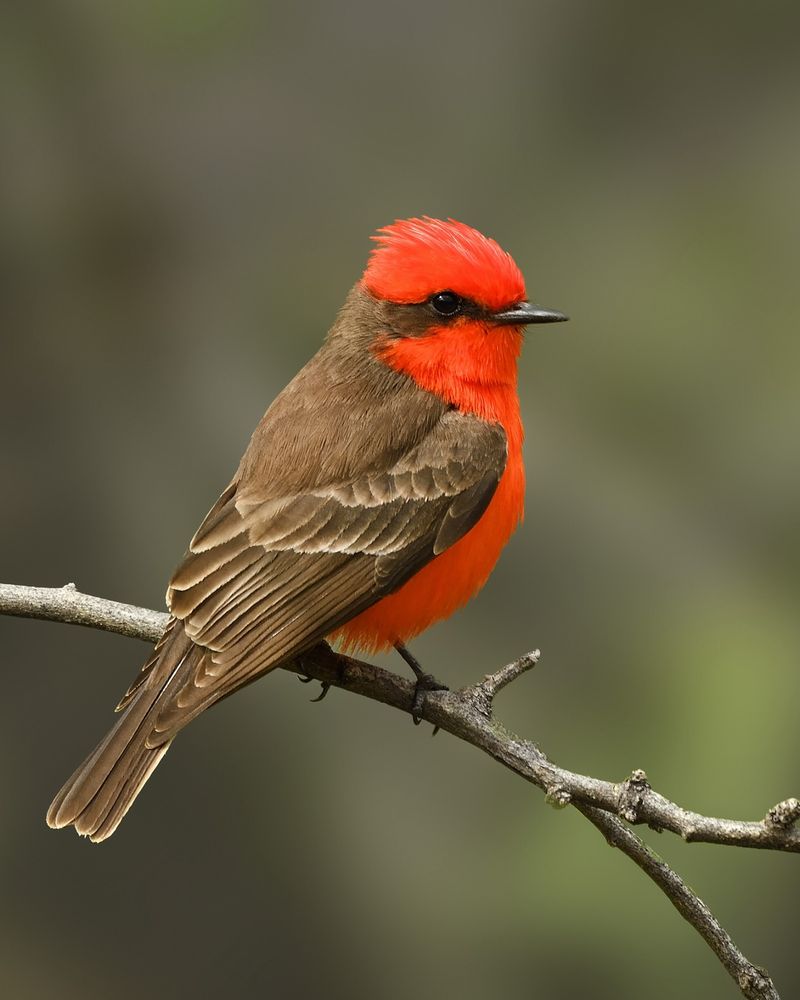Florida’s gardens are a paradise for birdwatchers, with the state’s unique climate attracting some of nature’s most colorfully decorated visitors. Beyond the common cardinals and blue jays, there are feathered jewels with colors so extraordinary they seem almost unreal.
Last spring, I spotted a purple gallinule strutting across my backyard pond in Tampa – its iridescent plumage catching the morning light like a living rainbow. Here are 12 unusually colored birds you might be lucky enough to see in your own Florida garden.
1. Purple Gallinule’s Technicolor Display
These walking rainbows sport a brilliant purple-blue body with a turquoise forehead shield and yellow legs. When sunshine hits their feathers, an almost metallic sheen emerges.
My neighbor’s water garden attracts these beauties regularly. They delicately step across lily pads with their oversized yellow feet, looking more like tropical artwork than birds.
Plant native water lilies or arrowhead in your garden pond to invite these colorful characters. Their presence indicates a healthy aquatic ecosystem with plenty of seeds and small invertebrates.
2. Painted Bunting’s Rainbow Palette
Male painted buntings look like they’ve rolled in a box of crayons – sporting blue heads, red underparts, and green backs. These living jewels visit feeders filled with white millet, creating a breathtaking pop of color.
Females and juveniles wear a uniform lime-green that helps them blend into foliage. Despite their brilliant colors, these shy birds often remain hidden in dense shrubs.
Plant native seed-bearing plants like beautyberry or elderberry to attract these magnificent visitors. Their appearance in spring can transform an ordinary garden into an extraordinary wildlife sanctuary.
3. Roseate Spoonbill’s Flamingo-Pink Surprise
Often mistaken for flamingos, these spectacular wading birds showcase vibrant pink plumage with a distinctive spoon-shaped bill. Their color intensifies with age and diet, becoming almost neon in healthy adults.
Coastal garden ponds occasionally receive visits from these magnificent creatures. The first time one appeared near my Naples garden, neighbors gathered with cameras in disbelief.
Their rosy color comes from carotenoid pigments in the crustaceans they eat. Creating a small water feature with native aquatic plants might attract these pink wonders during their daily foraging routes between larger wetlands.
4. Indigo Bunting’s Electric Blue Brilliance
When sunlight hits a male indigo bunting, the effect is almost electric – a blue so intense it seems to glow from within. These small songbirds bring a piece of sky down to garden level.
Unlike bluebirds, their color comes from light refraction rather than pigment. In shade, they can appear almost black, creating a magical transformation as they move between sun and shadow.
Planting native grasses and keeping unmowed areas in your garden provides both food and nesting materials. Their sweet, canary-like song is often heard before their stunning plumage is spotted.
5. Scarlet Tanager’s Fiery Garden Appearance
Like a flame flickering through the trees, male scarlet tanagers bring an intense splash of crimson to Florida gardens during migration. Their jet-black wings create stunning contrast against their brilliant red bodies.
These shy visitors prefer the canopy of tall trees but will venture lower for fruit-bearing shrubs. My Orlando garden hosted one last spring when my mulberry tree was fruiting.
Plant native fruit trees like wild cherry or mulberry to increase your chances of attracting these fiery visitors. Their brief appearances during spring and fall migration make each sighting a special garden moment.
6. American Flamingo’s Unexpected Garden Visit
Though rare in gardens, these iconic pink waders occasionally appear in coastal properties after storms or during drought. Their coral-pink feathers and distinctive curved bills make any sighting unforgettable.
Native Floridians once regularly spotted wild flamingos before their populations declined. Recent conservation efforts have led to more sightings, particularly in south Florida.
Creating a shallow water feature with native wetland plants might attract these magnificent birds during their travels. Their pink coloration comes from beta-carotene in the tiny crustaceans they filter from water with their specialized bills.
7. Yellow-crowned Night Heron’s Subtle Elegance
Sporting a velvety black head crowned with a striking yellow plume, these elegant birds bring unexpected color to evening gardens. Their soft gray bodies and red eyes create an almost regal appearance.
Unlike their daytime relatives, these herons visit gardens primarily at dusk. My neighbor’s koi pond receives regular visits from a pair that hunts crayfish and small frogs in the shallow edges.
Leaving natural areas around water features provides hunting grounds for these distinguished visitors. Their slow, deliberate movements and haunting calls add mystery to Florida gardens as daylight fades.
8. Prothonotary Warbler’s Golden Garden Glow
Glowing like a drop of sunshine, these golden warblers illuminate wooded garden areas with their brilliant yellow heads and bodies. Their blue-gray wings create a stunning contrast against their molten-gold appearance.
Nicknamed the “golden swamp warbler,” these jewels frequent gardens with mature trees near water. A family visiting my cypress-lined pond made daily appearances last spring.
Installing nest boxes near water features can attract breeding pairs to your garden. Their sweet, clear songs echo through the trees from April through early summer, bringing musical accompaniment to their visual splendor.
9. Wood Duck’s Painted Masterpiece Plumage
Male wood ducks appear almost too colorful to be real, with iridescent green crests, burgundy chests, and intricately patterned flanks. Their artistically lined white facial markings complete nature’s most elaborate paint job.
Garden ponds with overhanging vegetation occasionally attract these shy waterfowl. A fallen oak near my garden pool created the perfect lookout perch for a family last season.
Mounting nest boxes 10-20 feet high near water features can encourage breeding. Their soft call – a rising squeal that sounds like “oo-eek” – often alerts gardeners to their presence before their rainbow colors are spotted.
10. Summer Tanager’s Rose-Red Garden Visit
Males of this species wear a uniform raspberry-red that seems almost too vivid to be natural. Unlike their scarlet cousins, summer tanagers have no black wings, appearing as solid red silhouettes among green foliage.
Females sport a warm yellow-orange that complements garden marigolds perfectly. Their habit of hunting wasps and bees makes them valuable garden allies during summer months.
Plant native fruit-bearing trees like dogwood or wild cherry to attract these crimson visitors. My Jacksonville garden hosted a pair for weeks when my mulberry tree produced its annual bounty of berries.
11. Painted Redstart’s Dramatic Tuxedo Pattern
These striking visitors wear a formal black suit accented with brilliant red belly patches and bold white wing bars. Their habit of fanning their white-patterned tails creates a flashing display that catches any gardener’s eye.
Rare but occasional visitors to North Florida gardens, these southwestern birds create excitement when they appear. One spent three days in my Tallahassee garden during an unusual cold front, feeding on insects in my oak trees.
Creating insect-friendly garden areas with diverse native plants increases your chances of attracting these distinctive birds. Their constant movement and tail-flashing behavior makes them appear to be dancing through the garden.
12. Vermilion Flycatcher’s Fiery Garden Sentinel
Males sport a brilliant crimson head and breast that seems to glow against their chocolate-brown backs. These small flycatchers bring an unexpected tropical flair to Florida gardens during winter months.
Perching prominently on garden fences or exposed branches, they create striking silhouettes while hunting flying insects. A visiting male used my garden trellis as a hunting perch for two magical weeks last January.
Installing T-shaped perches near open garden areas provides perfect hunting stations for these living rubies. Their habit of returning to the same perch makes them easier to spot than many more common garden visitors.

